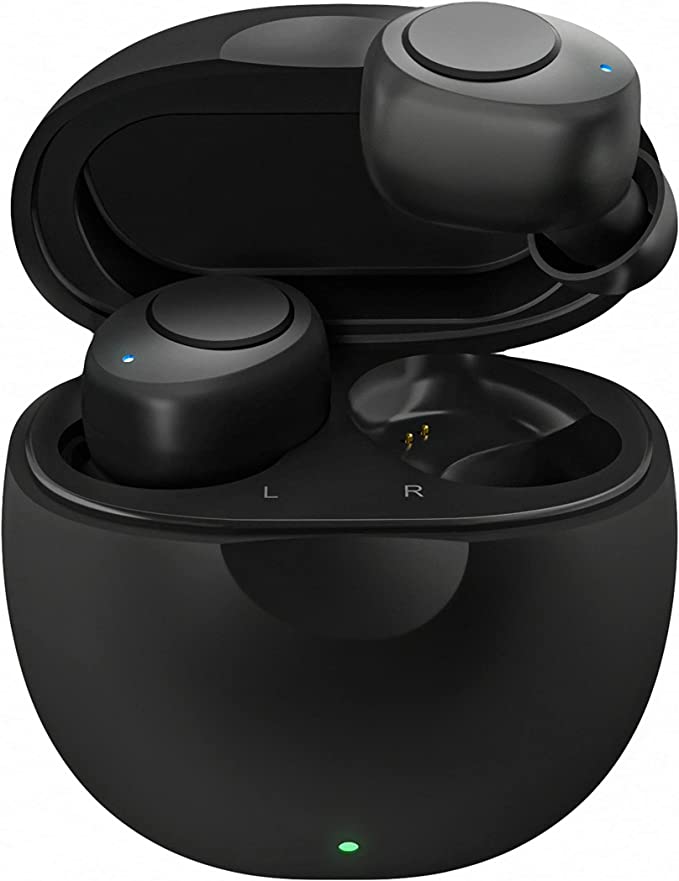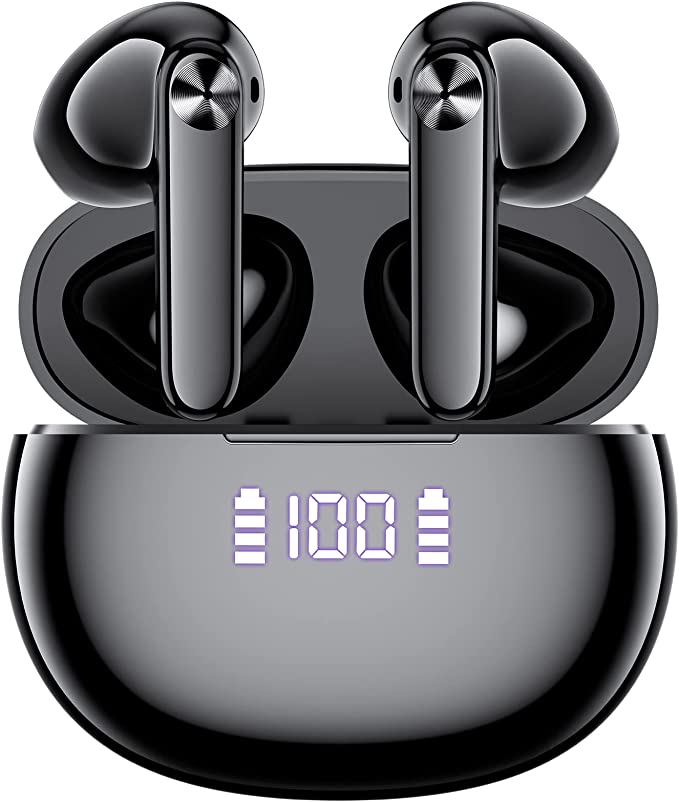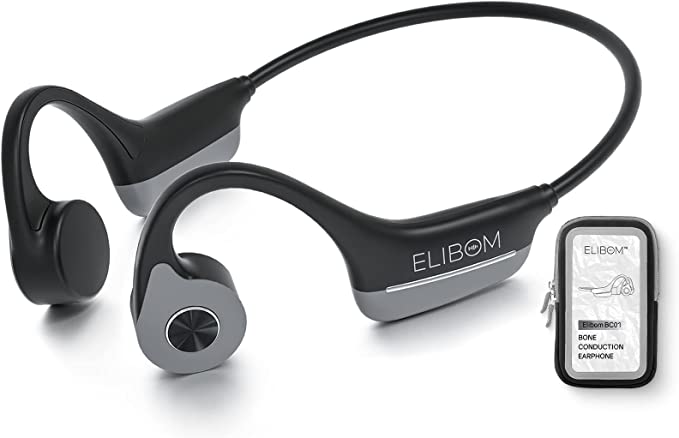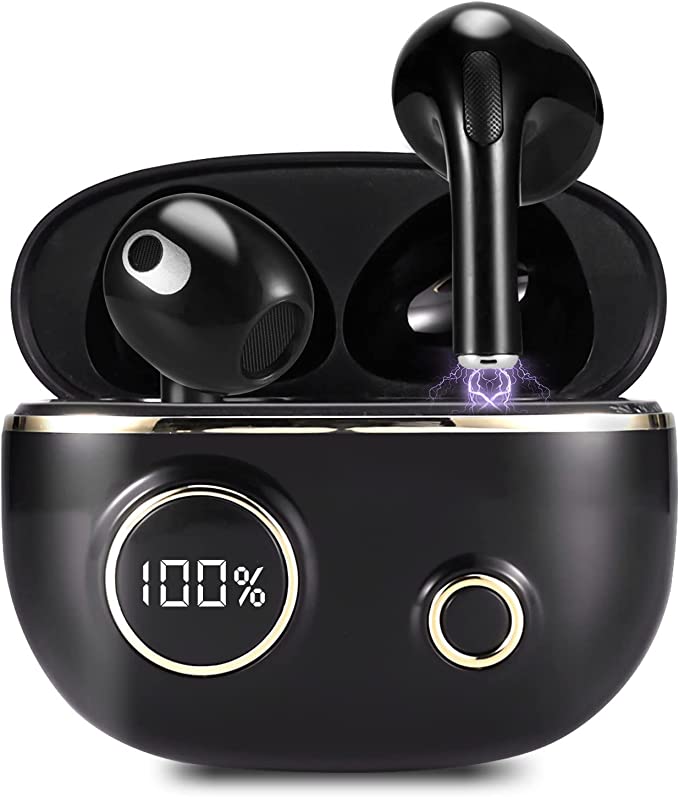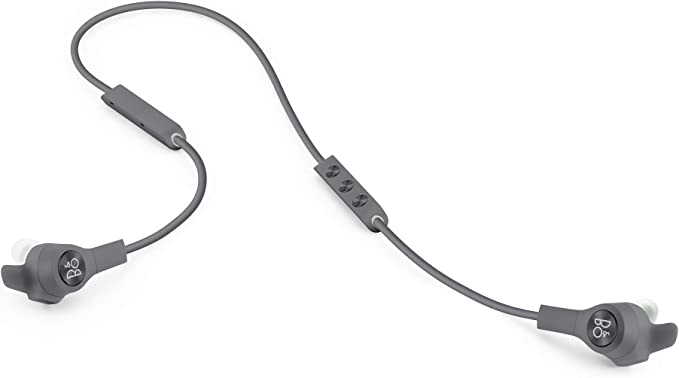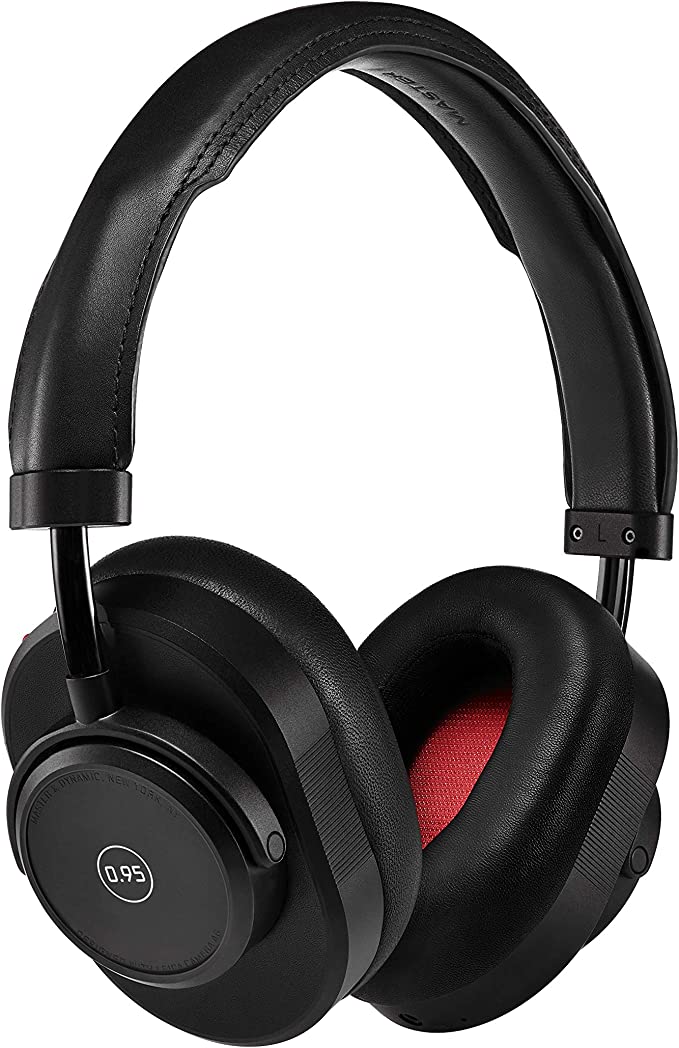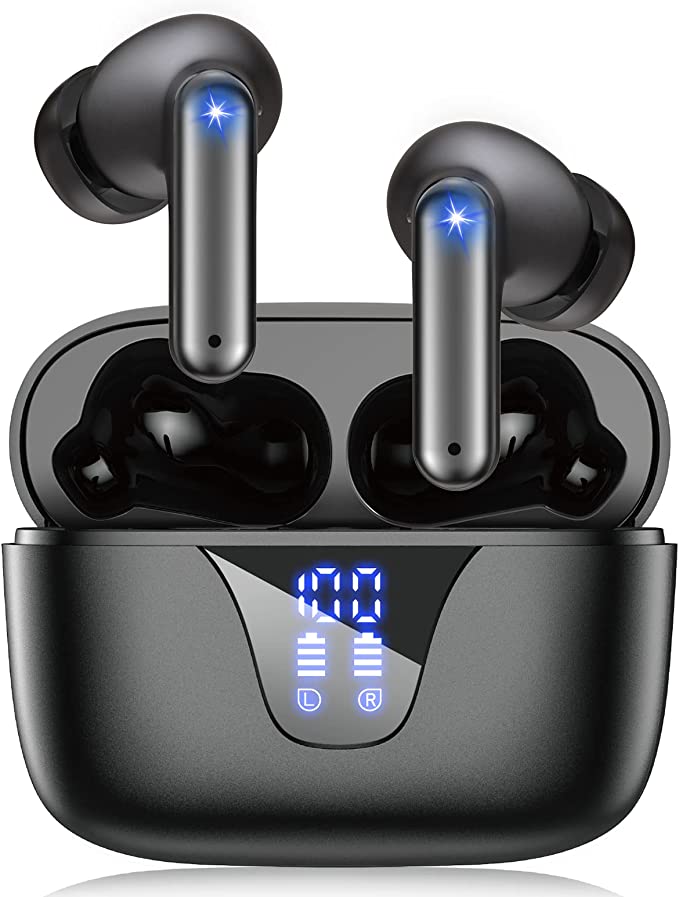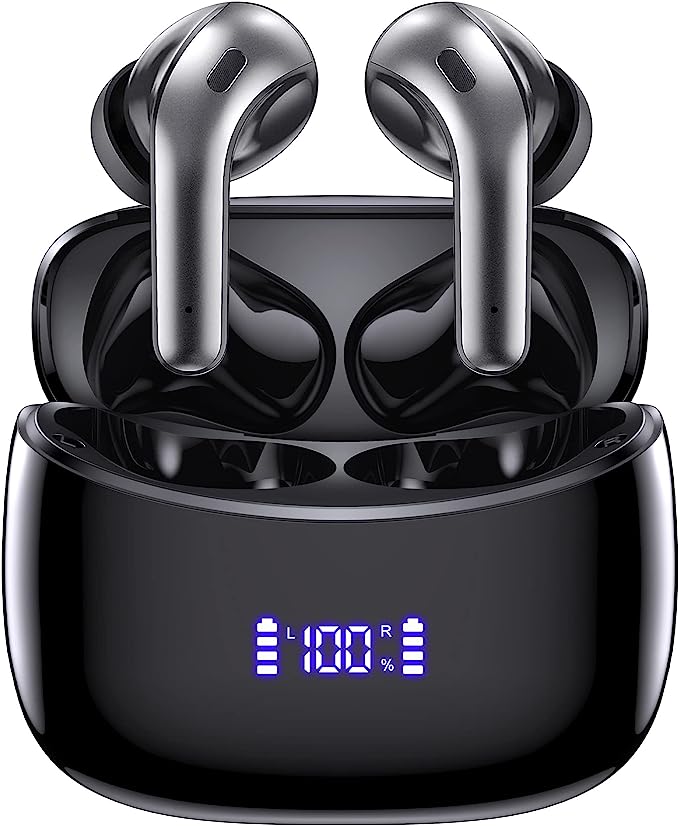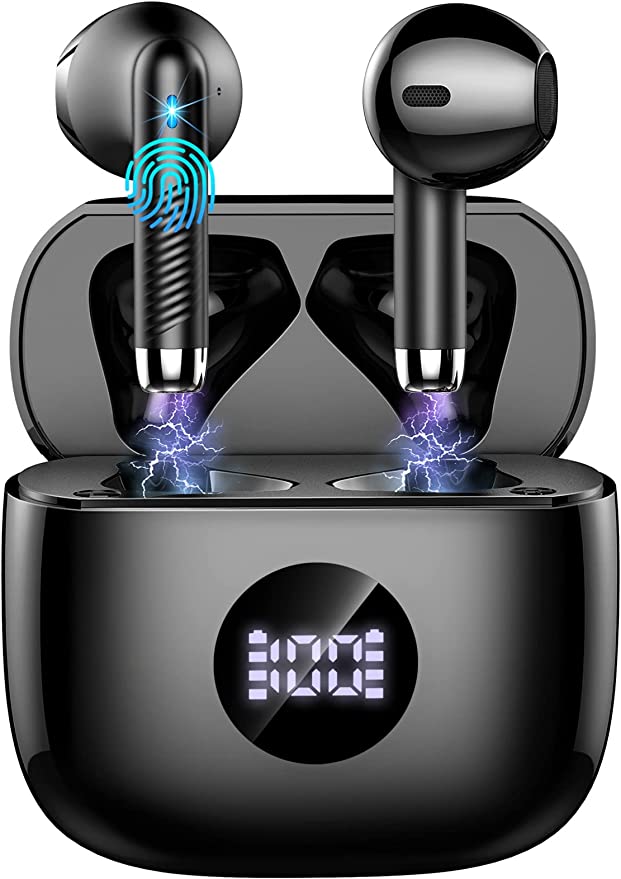Ikarao Shell S1: Your All-in-One Karaoke Machine with Superior Sound
Update on March 20, 2025, 2:32 a.m.
Karaoke. The word itself conjures images of joyful gatherings, impromptu performances, and perhaps a few off-key notes. But beyond the fun and laughter, there’s a fascinating world of science at play. What transforms a simple backing track and a microphone into a captivating musical experience? The answer, in short, is sound – and the ingenious technology that captures, processes, and amplifies it. The Ikarao Shell S1 serves as a great way to understand some concepts.

From Whispers to Stadiums: Understanding Sound Waves
Before we dive into the specifics of the Ikarao Shell S1, let’s take a moment to appreciate the fundamental nature of sound. Sound, at its core, is simply vibration. When you pluck a guitar string, clap your hands, or sing a note, you’re creating vibrations that travel through the air as waves. These waves are similar to the ripples you see when you drop a pebble into a pond – they spread outwards from the source, carrying energy.
These sound waves have two key properties: frequency and amplitude. Frequency refers to how quickly the wave vibrates, and we perceive it as pitch. A high-frequency wave sounds like a high-pitched squeak, while a low-frequency wave sounds like a deep rumble. Amplitude, on the other hand, refers to the intensity of the vibration, and we perceive it as loudness. A wave with a large amplitude sounds loud, while a wave with a small amplitude sounds quiet. The unit of measurement for frequency is Hertz (Hz), and for sound intensity or level, decibels (dB).
Your Ears: Nature’s Amazing Microphones
These invisible waves of sound are captured by our ears, which are remarkably sensitive instruments. The outer ear funnels the sound waves into the ear canal, where they vibrate the eardrum. These vibrations are then amplified by tiny bones in the middle ear and transmitted to the cochlea, a fluid-filled structure in the inner ear. Within the cochlea, thousands of tiny hair cells convert the vibrations into electrical signals that are sent to the brain, where they are interpreted as sound. It is quite an achievement of nature. The range of human hearing is typically from 20 Hz to 20,000 Hz.

The Ikarao Shell S1: A Symphony of Sound Engineering
The Ikarao Shell S1 isn’t just a box with a speaker and a microphone; it’s a carefully engineered system designed to deliver a high-quality karaoke experience. Let’s explore some of its key components and how they work together.
Speaking Up: Microphone Technology
The journey of your voice begins with the microphone. The Ikarao Shell S1 comes with two wireless microphones, which offer freedom of movement and eliminate the hassle of tangled cords. But how do these microphones work?
Most microphones used in karaoke systems are dynamic microphones. These microphones contain a diaphragm attached to a coil of wire that sits within a magnetic field. When sound waves hit the diaphragm, it vibrates, causing the coil to move within the magnetic field. This movement generates a small electrical current that corresponds to the sound wave – essentially, the microphone converts sound energy into electrical energy.
Wireless microphones, like those used in the Shell S1, take this a step further. They transmit the electrical signal from the microphone to the main unit using radio waves. To avoid interference from other wireless devices, these microphones often employ techniques like frequency hopping, where they rapidly switch between different radio frequencies.
The 2.2 Channel Advantage: More Than Just Stereo
The Ikarao Shell S1 boasts a “2.2 channel” sound system. What does that mean? Most audio systems are stereo, meaning they have two channels: left and right. This creates a sense of spaciousness and allows for sounds to be positioned in the stereo field, mimicking how we hear sounds in the real world.
The “2.2” in the Ikarao Shell S1’s configuration refers to the addition of two dedicated subwoofers. A subwoofer is a speaker specifically designed to reproduce low-frequency sounds – the bass. By having separate speakers for the low frequencies, the Shell S1 can deliver a richer, more powerful bass response than a standard two-channel system.
Think of it like a musical ensemble. You have the violins and flutes handling the high notes (the tweeters), the cellos and basses handling the low notes (the woofers), and the other instruments filling in the middle. Each instrument is specialized for its particular range, resulting in a more balanced and complete sound. The Shell S1’s 1-inch tweeters reproduce the high-frequencies, and the 3.5-inch woofers reproduce bass and low-midrange sounds. The 15-degree tilt of the tweeters help project the high frequencies upwards, further improving sound dispersion.

Digital Signal Processing (DSP): The Brain Behind the Sound
One of the most crucial components of the Ikarao Shell S1 is its Digital Signal Processor, or DSP. This is essentially a tiny computer that manipulates the audio signal in various ways to enhance the sound quality.
Think of the DSP as a sound engineer in a recording studio. It can perform a wide range of tasks, including:
-
Equalization (EQ): Adjusting the balance of different frequencies. For example, boosting the bass for a more powerful sound, or reducing the treble to tame harshness. The Ikarao Shell S1 allows for EQ adjustments, letting you tailor the sound to your preferences and the acoustics of the room.
-
Filtering: Removing unwanted frequencies. For instance, a low-cut filter can remove rumble from a microphone, while a high-cut filter can reduce hiss.
-
Reverb and Delay: Adding a sense of space and depth to the sound. Reverb simulates the reflections of sound in a room, making your voice sound fuller and more natural. Delay creates distinct echoes, which can be used for creative effects.
-
Compression: Reducing the dynamic range of the audio, making quiet parts louder and loud parts quieter. This makes the overall sound more consistent and easier on the ears.
-
Noise Reduction Removing background noise.
The DSP in the Ikarao Shell S1 performs all of these tasks in real-time, ensuring that the audio output is clean, clear, and balanced.
The Sweet Sound of Silence: How Karaoke Machine Reduce Noise and Interference
A good karaoke system is not just about amplification, It is also key to keep noise to a minimum. Unwanted sounds and electrical noise can distract from the experience.
The Ikarao uses a few key techniques to reduce noise and keep the sound pristine.
* Shielding: Careful design and high-quality components reduce outside electrical interference from affecting the signal.
* Balanced Connections: If using wired connections, balanced connections help reduce noise from electrical fields.
* Digital Processing: As discussed above, DSP is used to filter out unwanted sounds.

Karaoke’s Journey: From Humble Beginnings to Global Phenomenon
The history of karaoke is surprisingly recent. While the concept of singing along to pre-recorded music has existed in various forms for decades, the term “karaoke” (which means “empty orchestra” in Japanese) was coined in Japan in the early 1970s.
The first karaoke machine is often attributed to Daisuke Inoue, a Japanese musician who, in 1971, created a machine that allowed people to sing along to instrumental versions of popular songs. Initially, karaoke was popular in bars and clubs, providing a form of entertainment for patrons.
Over the years, karaoke spread rapidly across Asia and eventually to the rest of the world, becoming a global cultural phenomenon. Today, karaoke is enjoyed by people of all ages and backgrounds, whether in dedicated karaoke bars, at home parties, or even online.
The evolution of technology has played a key role, from those first machines to the Ikarao Shell S1 and similar systems. * Early machines used 8-track tapes. * Cassette tapes allowed for more songs. * LaserDiscs provided even more capacity, and video. * CDs and CDGs (CD+Graphics) became popular. * DVDs provided more storage. * MP3s and streaming services now provide almost unlimited song choices.
Conclusion: The Science of Singing Your Heart Out
The Ikarao Shell S1, with its sophisticated audio engineering, represents a significant step forward in home karaoke technology. But beyond the technical specifications, it’s a testament to the power of music and the joy of sharing it with others. Whether you’re a seasoned vocalist or a shower-singing superstar, understanding the science behind the sound can enhance your appreciation for the art of karaoke. It is a fascinating mix of physics, electronics, and psychology that bring out the singer in all of us.















